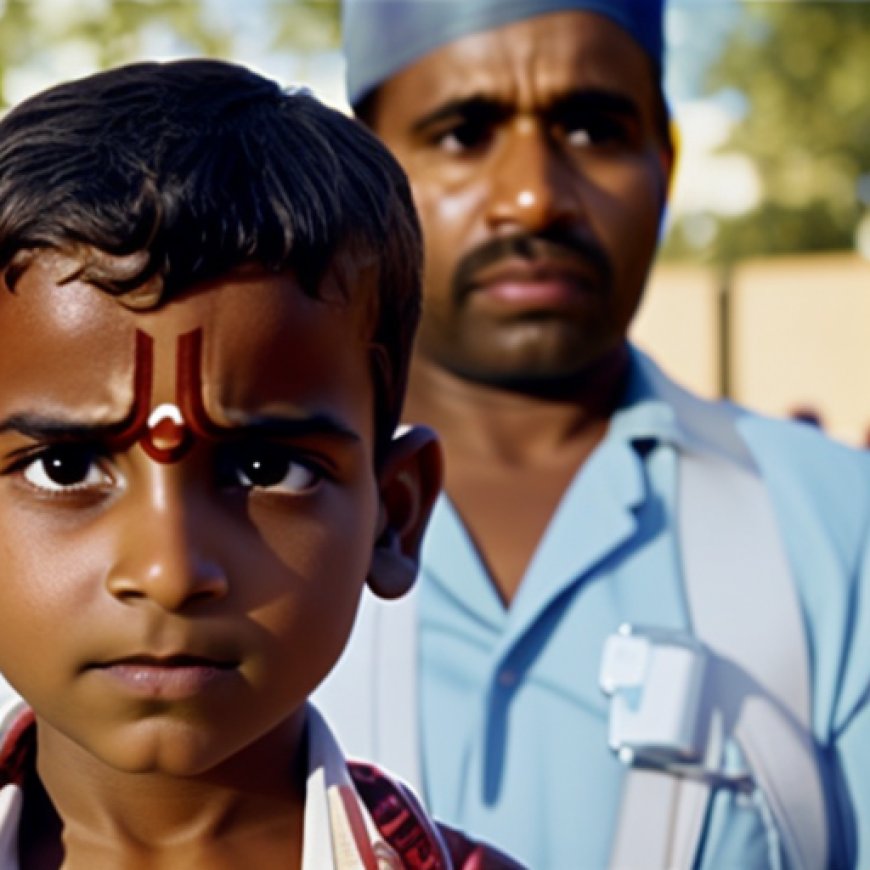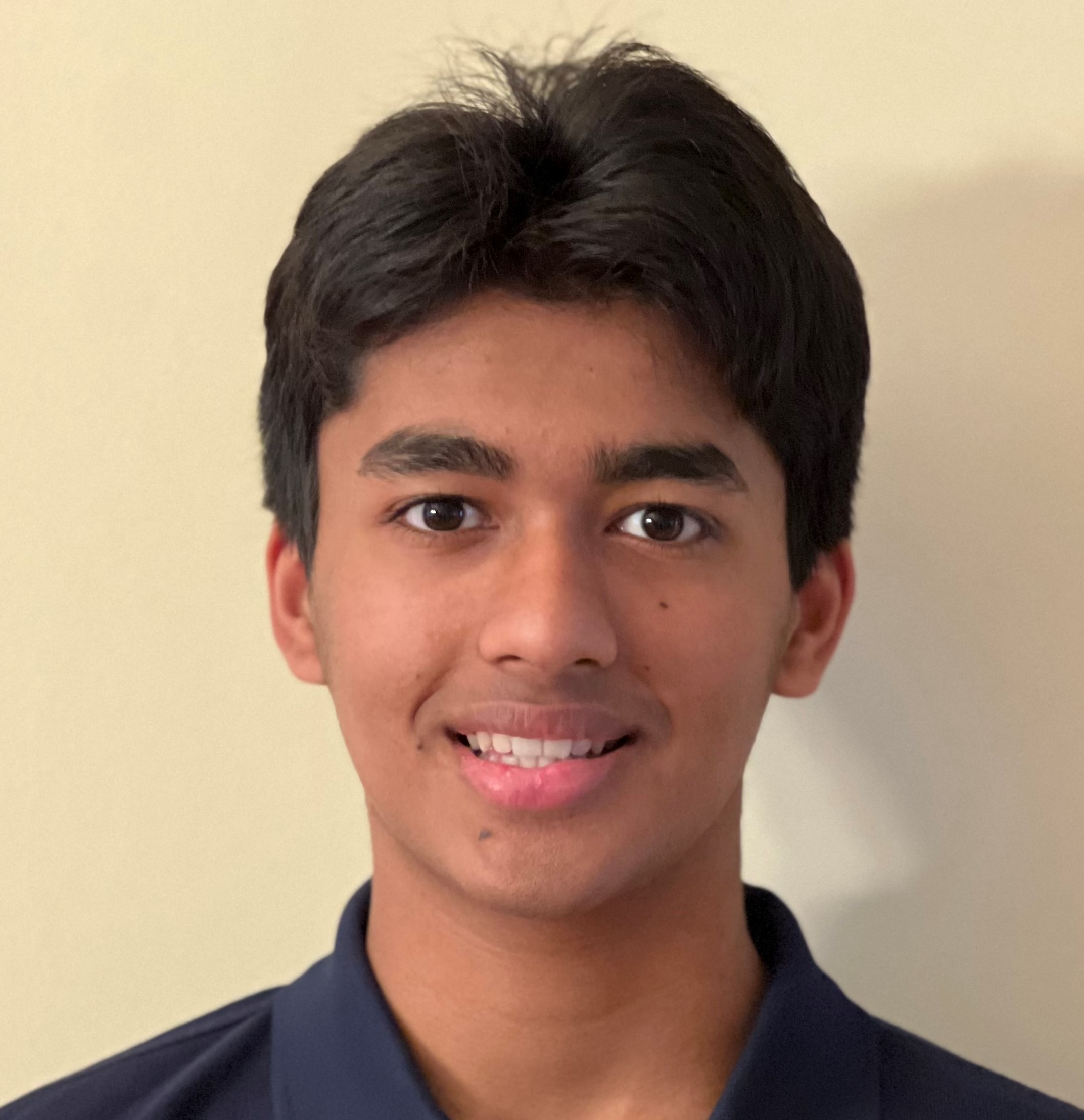Indian origin Boy in U.S. has a mantra for motherland’s safe water challenge – The Sunday Guardian Live
Indian origin Boy in U.S. has a mantra for motherland’s safe water ... The Sunday Guardian


Young Indian American Innovator Working Towards Sustainable Water Solutions

Introduction
There is an India in every young Indian-origin heart pumping in America. Be it technology or tabla, the cords are connected to India. Working on critical environment challenges like water, energy and climate change risks, and modern-day disciplines like robotics and Artificial Intelligence (AI), young Indian American minds are innovating and experimenting with a larger objective to help improve millions of lives back in homeland India. Sudhish Swain is one such high school level innovator and entrepreneur working to improve the levels of water contamination and water scarcity using ultraviolet (UV) radiation. Sudhish, who is a Blair High School Senior and a Maryland resident, is a second generation Indian American with roots in Odisha and Karnataka, and hopes that his consistent experiments will work towards ensuring citizens’ fundamental right to access clean and safe water. He recently attended the International Science and Engineering Fair Dallas. The Daily Guardian spoke to Sudhish after he returned back from the International Science Fair to know about his works and how he plans to take his innovation to India.
Excerpts
-
Water Challenge and Innovations
Q. Water is key to human survival and for future generations. What have you learned and innovated to meet the unsafe water challenge during your school years?
A. During my school years, my understanding of the water challenge has deepened significantly, particularly regarding the global issue of water scarcity. I have come to realize that approximately 1 in 10 people worldwide lack access to safe drinking water, and the consequences of this crisis are dire, with over 3.4 million people losing their lives annually due to water-related diseases. This knowledge has motivated me to take action and contribute to finding innovative solutions. I was compelled to explore ways to purify water using sustainable methods, focusing on the utilization of ultraviolet (UV) radiation.
- Designed inventions centered around sustainable water purification
- Utilized ultraviolet radiation generated by a household microwave oven
- Developed a system that heats water to an optimal temperature for UV-A purification using UV-A LEDs
-
Benefiting India’s Water Crisis
Q. How do you think India, which faces a serious water crisis, including of safe drinking water, can benefit from your experiment?
A. I aim to contribute to the ongoing efforts in combating water scarcity. I firmly believe that access to clean and safe water is a fundamental right, and I am dedicated to creating innovative solutions that can positively impact the lives of millions worldwide, including in India. My inventions using ultraviolet radiation for water purification could potentially benefit India in addressing its water crisis, including the issue of safe drinking water.
- Cost-effective and easily accessible method using household microwave oven
- Utilization of UV-A LEDs for community settings
- Collaboration with local organizations, government bodies, and communities to sensitize about innovative water purification methods
-
Role of School Curriculum in Robotics
Q. How did your school curriculum allow you to explore the works you did in the Robotics sector?
A. I took my first steps into the world of robotics in the third grade and began participating in robotics competitions such as First Lego League. As I progressed, my involvement expanded to encompass the First Tech Challenge, where I honed my skills as the FLL outreach lead and software lead for my team, Wizards.exe, which has been highly successful, winning the top awards at nearly every competition we competed in and advancing to the World Championships every year. Fortunately, my school recognized my enthusiasm and provided the perfect platform to nurture my robotics journey. The curriculum at my school played a pivotal role in supporting and enhancing my robotics endeavors. In addition to the comprehensive curriculum, my school boasted a highly successful First Robotics Challenge (FRC) team. I eagerly joined this team and dedicated countless hours to designing, building, and programming robots for competitions. Our team’s hard work paid off when we advanced to the world championships this year.
-
Connection to Indian Roots
Q. Indian American students do a lot to keep connected to their roots in the homeland. Do you visit India often? Tell us about your roots.
A. Visiting India holds immense significance for me as it allows me to maintain a strong connection with my roots and heritage. While I don’t have the opportunity to visit India as frequently as I would like due to various commitments, I make it a point to visit whenever possible, ensuring that I stay connected with my family, friends, and the cultural fabric of my homeland. My roots in India trace back to both Mysore and Bhubaneshwar, where my mother’s side and my father’s side of the family are from, respectively. These places hold a deep cultural and historical significance and serve as a constant reminder of my heritage. Through interactions with my extended family and engaging in cultural traditions during my visits, I have gained a deeper understanding of my family’s values, traditions, and customs.
- Significance of visiting India to maintain connection with roots
- Exploring historical landmarks, participating in religious ceremonies, and savoring traditional Indian cuisine
-
Engagement in Indian Diaspora Activities
Q. How engaged are you in the Indian diaspora activities in the US?
A. Despite being away from my home country, I have always remained deeply connected to my Indian heritage and actively engaged in the Indian diaspora activities in the US. One of the significant ways I express and celebrate my culture is through art, music, and language. Music holds a special place in my heart, and I have dedicated a significant amount of time and effort to learning and playing the tabla. Engaging in Indian classical music not only allows me to express my cultural roots but also serves as a means of connecting with other members of the Indian diaspora who share a passion for music. Additionally, I recently completed a three-year course called “Sanskrit as a Foreign Language” conducted by Samskrita Bharati. This course
SDGs, Targets, and Indicators
SDGs Targets Indicators SDG 6: Clean Water and Sanitation 6.1 By 2030, achieve universal and equitable access to safe and affordable drinking water for all Access to safe drinking water for all SDG 9: Industry, Innovation, and Infrastructure 9.4 By 2030, upgrade infrastructure and retrofit industries to make them sustainable, with increased resource-use efficiency and greater adoption of clean and environmentally sound technologies and industrial processes Adoption of clean and environmentally sound technologies for water purification 1. Which SDGs are addressed or connected to the issues highlighted in the article?
SDG 6: Clean Water and Sanitation
The article discusses the issue of water contamination and scarcity, highlighting the importance of access to clean and safe water. This aligns with SDG 6, which aims to ensure universal access to clean water and sanitation.
SDG 9: Industry, Innovation, and Infrastructure
The article also mentions the use of innovative methods for water purification, such as utilizing ultraviolet radiation generated by a household microwave oven and UV-A LEDs. This relates to SDG 9, which focuses on promoting sustainable industry, innovation, and infrastructure.
2. What specific targets under those SDGs can be identified based on the article’s content?
Target 6.1: By 2030, achieve universal and equitable access to safe and affordable drinking water for all
The article emphasizes the importance of safe drinking water and the need to address the global issue of water scarcity. The innovator mentioned in the article aims to contribute to finding innovative solutions for water purification, which aligns with this target.
Target 9.4: By 2030, upgrade infrastructure and retrofit industries to make them sustainable, with increased resource-use efficiency and greater adoption of clean and environmentally sound technologies and industrial processes
The article discusses the use of innovative methods for water purification, such as utilizing ultraviolet radiation generated by a household microwave oven and UV-A LEDs. These methods represent the adoption of clean and environmentally sound technologies for water purification, which relates to this target.
3. Are there any indicators mentioned or implied in the article that can be used to measure progress towards the identified targets?
The article does not explicitly mention any indicators that can be used to measure progress towards the identified targets. However, potential indicators could include the percentage of the population with access to safe drinking water, the adoption rate of innovative water purification technologies, and the reduction in water-related diseases.
Behold! This splendid article springs forth from the wellspring of knowledge, shaped by a wondrous proprietary AI technology that delved into a vast ocean of data, illuminating the path towards the Sustainable Development Goals. Remember that all rights are reserved by SDG Investors LLC, empowering us to champion progress together.
Source: sundayguardianlive.com

Join us, as fellow seekers of change, on a transformative journey at https://sdgtalks.ai/welcome, where you can become a member and actively contribute to shaping a brighter future.







